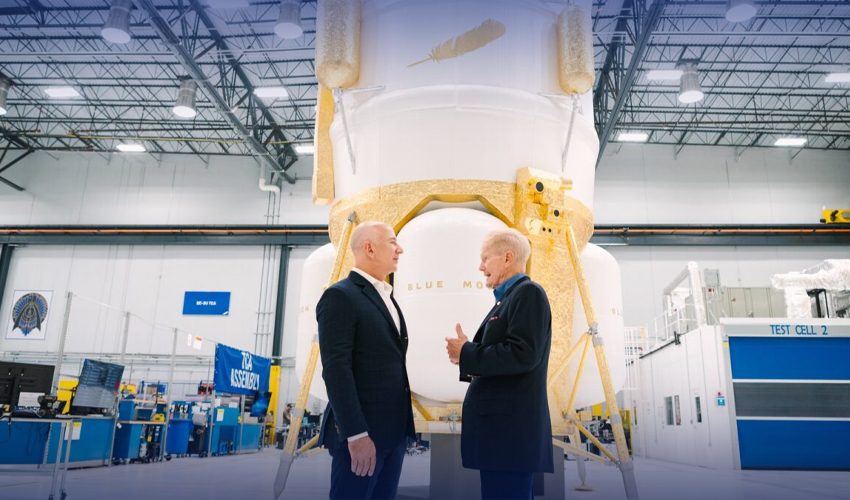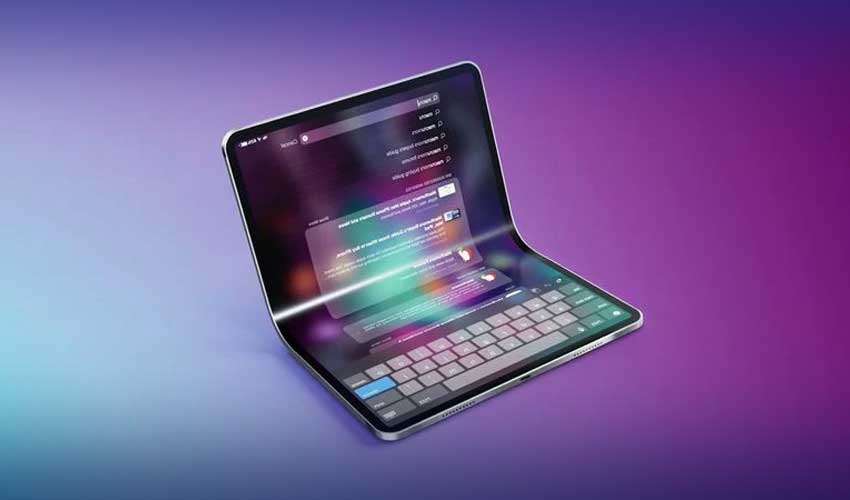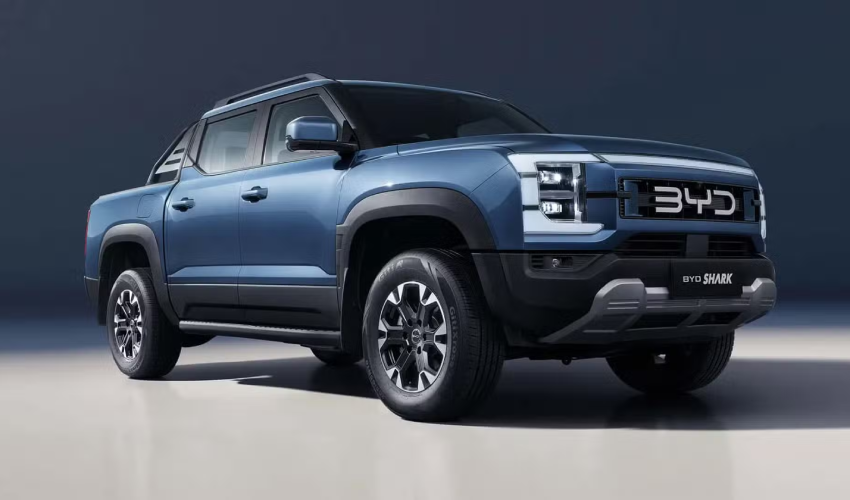Blue Origin has unveiled a life-sized model of its Blue Moon lunar lander, which is intended to test technologies for NASA's Artemis program.
The uncrewed Blue Moon Mark 1, situated in Huntsville, Alabama, is designed to transport three tons of cargo to the Moon.
The initial flight, named the "Pathfinder Mission" (MK1-SN001), will assess crucial systems such as the BE-7 engine and precision landing technology.
Future Blue Moon Mark 1 landers will be made available to transport customer payloads as part of NASA's Commercial Lunar Payload Services program.
Blue Origin's Mark 1 lander represents a significant step toward the development of the Mark 2 version, which will be used for crewed lunar landings.
These crewed missions are included in NASA's Human Landing System program, alongside SpaceX's Starship. Blue Origin is actively developing a terrain-relative navigation system that utilizes lidar technology to achieve precise landings within a few meters of the target.
During a recent event in Huntsville, NASA Administrator Bill Nelson visited the Blue Moon mockup, emphasizing the importance of these lunar missions for future Mars exploration.
Concurrently, SpaceX is focusing its efforts on the development of the Starship lander for Artemis missions.
They are working on enhancing guidance, navigation, control, thermal management, and power generation technologies for lunar landings.
However, delays in the development of the integrated Starship/Super Heavy vehicle have raised concerns about the overall schedule for the Artemis 3 mission, currently set for late 2025.
NASA is closely monitoring the progress and milestones, underscoring the importance of successful tests to ensure a safe and timely mission to the Moon.



























